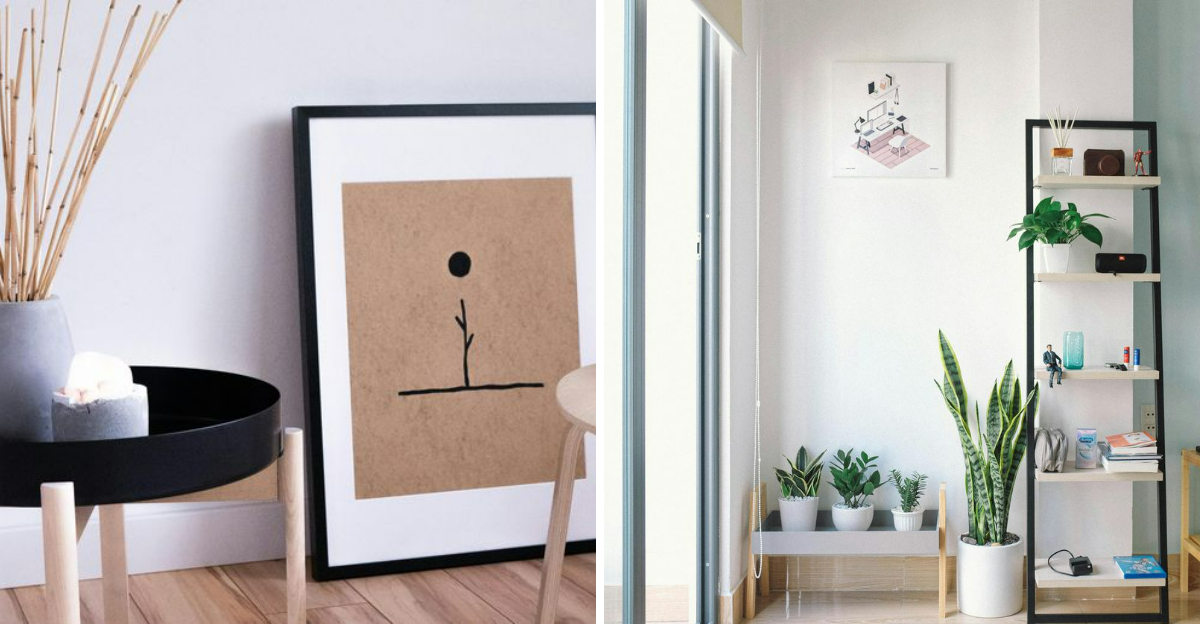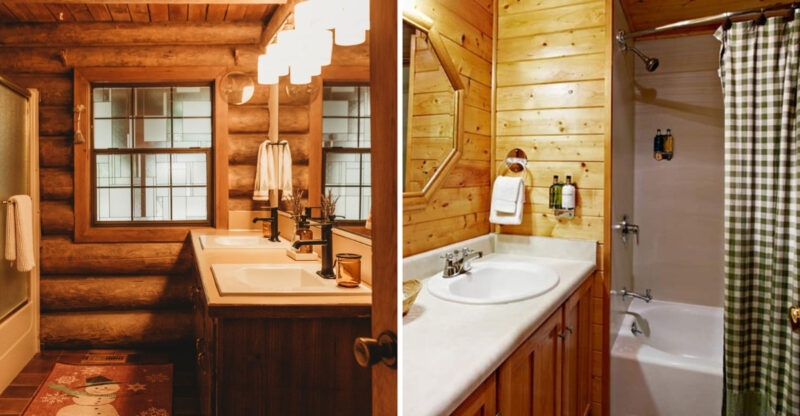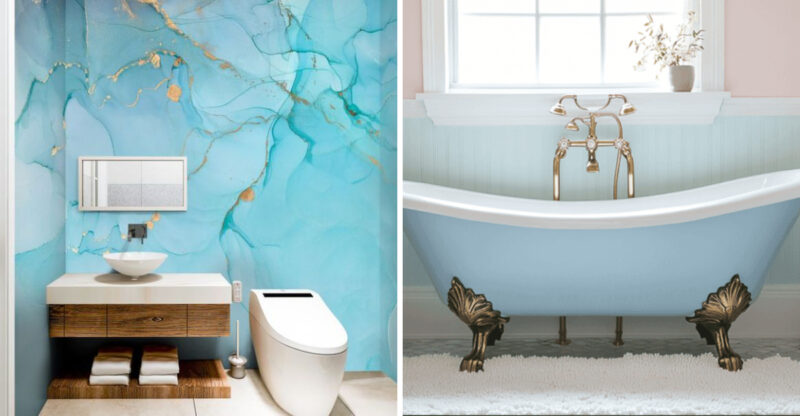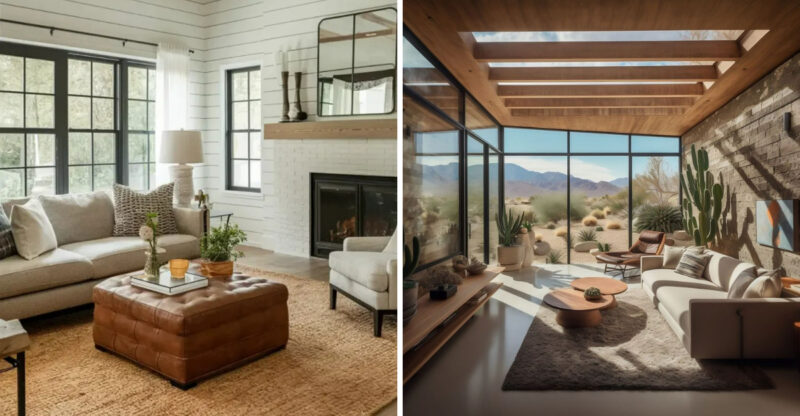Ways To Make A Small Living Room Feel Bigger Without Spending

Living in a small space doesn’t mean you have to feel cramped or confined. With some smart rearranging and clever visual tricks, you can transform your tiny living room into a space that feels open and airy. The best part? You don’t have to spend a dime to make these changes happen.
These tips are meant as general inspiration – feel free to adapt them to your space and personal style.
1. Rearrange Furniture Away From Walls
Contrary to popular belief, pushing furniture against walls doesn’t maximize space. Try floating your sofa or chairs a few inches away from the wall with walking room behind them. This counterintuitive trick creates depth perception.
The space behind furniture adds a layer of dimension that makes the room appear larger than it actually is. Plus, this arrangement often creates more natural conversation areas and improves flow throughout the room.
2. Clear Floor Space Completely
Floor clutter instantly shrinks a room visually. Take a weekend to ruthlessly eliminate anything sitting on your floor that doesn’t absolutely need to be there. Even small items like magazine stacks or decorative baskets eat up valuable visual space.
Look up for storage solutions instead. Use floating shelves, wall hooks, or existing furniture tops to display items. When your eye can travel uninterrupted across floor space, the room automatically feels more expansive.
3. Utilize Mirrors Strategically
Mirrors are like magic wands for small spaces. Place a large mirror across from a window to double the natural light and create the illusion of another room beyond. Even smaller mirrors grouped together can have a similar effect.
The reflection tricks your brain into perceiving more space than actually exists. For maximum impact, position mirrors to reflect the most attractive or open parts of your room, not blank walls or cluttered areas.
4. Embrace Negative Space
Empty space isn’t wasted space – it’s breathing room for your eyes and mind. Remove unnecessary decorative items, leaving some shelves partially empty and some wall areas blank. This minimalist approach makes the room feel intentional rather than overcrowded.
Start by removing one item from each surface. See how the room feels, then remove another if needed. Empty space creates visual calm and makes the remaining items stand out more beautifully, giving your room a curated, spacious feel.
5. Raise Your Curtain Rods
Low-hanging curtains chop up wall space and make ceilings appear lower than they are. Simply moving your curtain rods up to just below the ceiling creates a dramatic illusion of height.
Allow curtains to extend a few inches beyond each window frame too. This visual trick makes windows seem wider and brings in more perceived light. Even with the same curtains you already own, this adjustment can transform how spacious your room feels.
6. Declutter Your Walls
Gallery walls might be trendy, but too many small frames create visual noise that can make a room feel smaller. Instead, opt for one or two larger statement pieces that draw the eye without overwhelming the space.
Remove small decorative items and consolidate your wall decor. A single large painting or print creates a focal point while leaving breathing room around it. The simplified visual landscape tricks your brain into perceiving more space between objects.
7. Create Zones With Area Rugs
Breaking one small room into functional zones actually makes it feel larger, not smaller. Use area rugs you already own to define separate areas for conversation, reading, or media watching.
Each zone creates a room-within-a-room feeling, giving the impression of more square footage. Keep pathways between zones clear and maintain a cohesive color scheme throughout. This technique works especially well in studio apartments or multipurpose rooms.
8. Optimize Natural Light
Darkness makes spaces feel confined, while light opens them up. Remove heavy window treatments or simply push curtains to the sides during daylight hours. Clean your windows thoroughly – you’d be surprised how much extra light comes through spotless glass.
Rearrange furniture so nothing blocks windows, allowing light to penetrate deeper into the room. Position glossy or reflective surfaces near windows to bounce light around. This free adjustment dramatically changes how spacious your living room feels throughout the day.






